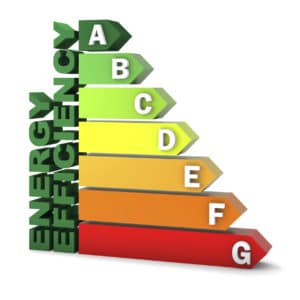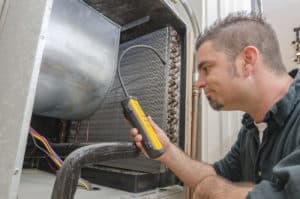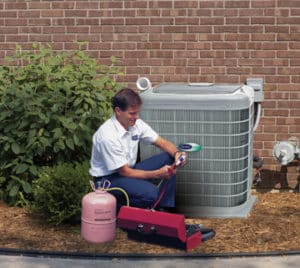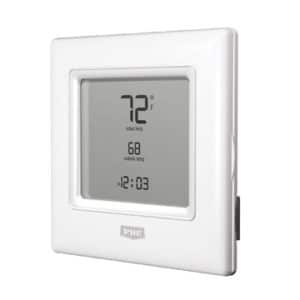
How Is Heating And Cooling Equipment Efficiency Measured?
A lot of people are becoming aware of the need to reduce their carbon footprint and help in efforts to combat global warming. Accordingly, it is important to make sure that your AC system is as efficient as possible. An efficient HVAC system does not only operate better but also saves energy. So, how is heating and cooling equipment efficiency measured? Here are a few ways that you can explore: EER The Energy Efficiency Ratio is designed to give you a rough estimate of how much cooling you will get on your HVAC system for every dollar you spend on energy. The rating is often based on the season’s hottest day other than an average of the entire season. EER is calculated by dividing the total output cooling energy with the incoming electrical energy. The Energy Star The Energy star is provided by the US Environment protection agency and is only awarded to an HVAC system that meets or surpasses the high energy efficiency guidelines. The guidelines are often based on how much the HVAC system contributes to the nationwide efforts to save energy, the difference in cost between the system, and its less efficient counterpart and the performance of




